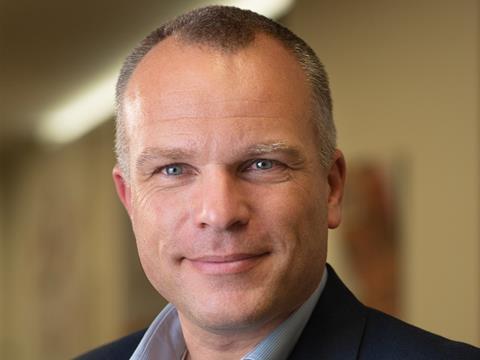
Wouter van Tol, head of government, community affairs and sustainability at DS Smith, unpacks the key lessons learned from COP26, as well as the crucial role our industry can play in terms of helping to reduce scope three emissions.
Helping others help themselves
With the concerning prediction that the world is heading towards 2.4oC of warming, COP26 demonstrated that there is still a great deal of work to be done in order to achieve our collective climate goals. Greenhouse gas emissions are driving climate change faster than anticipated, making the need for cooperation vital if we are to limit our impact to 1.5oC of warming.
In short, global problems need global solutions.
We need to look at the whole problem together, not part of it in silos, and that’s where scope three emissions come in, and where we as an industry can make a huge difference. For the packaging industry, this was the COP that not only enhanced the focus on what we need to do to reduce our own environmental impact, but also an opportunity to underline that good packaging should be an enabler in the move towards a circular economy, whilst helping organisations improve their own sustainability performance.
With COP and all its promises now firmly in the minds of business leaders across the world, the reduction of scope three emissions represents a challenging yet vital task. It’s crucial that the packaging industry seizes this moment and recognises the deeply important part in can play in this space. As we know packaging and transportation are often contributors to other companies’ scope three emissions, and the environmental moves we make not only reflect on us, but also on the clients that depend on us.
Transparency and circularity
At DS Smith our focus on circular business models allows us to reduce waste, mitigate our impact on the environment and help brands find sustainable packaging solutions we know consumers are demanding. Our Circular Design Metrics are just one example of how we are implementing circularity into our work.
The metrics are an industry first, allowing our customers to transparently view the circularity rating of their packaging, enabling them to choose the most sustainable option. This ensures that we can use our expertise to help businesses become circular-ready and make informed decisions about the environmental impact they will have.
This year, we scored an A- in the Ellen MacArthur foundation’s Circulytics – a tool developed for companies to measure their performance on the circular economy. Our high score demonstrates our ability to meet key targets and commitments, such as working across our suppliers and recycling function to source 100% of paper from recycled or sustainable sources. It can’t be just about our own operations, or working with our customers, it’s how we engage with our suppliers and all stakeholders to ensure that our supply chains have sustainability built into them also.
At DS Smith, we are collaborating across the industry to deliver our roadmap to net zero, and we are working with governments to ensure that policy and the private sector are aligned around the same crucial environmental targets. We firmly believe that we all have a role to play in safeguarding the environment for future generations.
Legacy and leadership
Since the summit ended, there has been ongoing conversation surrounding what the legacy of COP26 will be. For our industry, it has put the spotlight on the changes that companies must make in order to become truly sustainable, and the leadership required to make those changes.
It’s clear to me that now the real leaders in sustainability can’t just be the ones who understand what it means to be sustainable, and make changes themselves. It must be those who see the whole picture and understand how their business can help others also make change
Collaboration, transparency, and a holistic vision will prepare the industry for the challenges we face right now, as well as what lies ahead.











